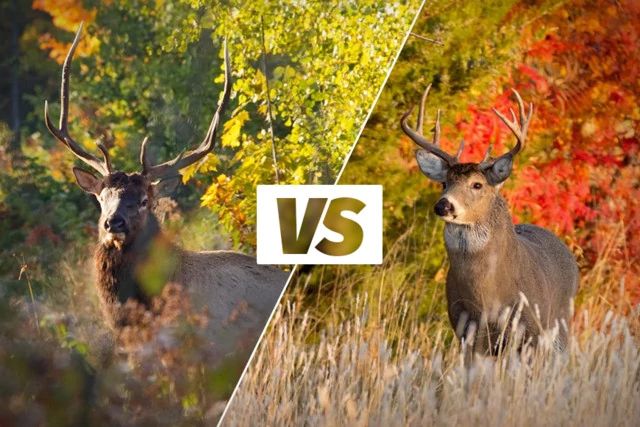Below is a news release from the Wisconsin Department of Natural Resources.
The Wisconsin Department of Natural Resources (DNR) reminds hunters to know their target and understand the difference between elk and white-tailed deer this hunting season.
Elk occasionally venture outside of Wisconsin’s two elk ranges, especially during the fall breeding season. Positively identifying the target ensures the safety of other people and avoids accidental shooting of non-target animals.
How To Identify an Elk:
- Adult elk are larger than adult deer. An adult elk stands about 1-2 feet taller than an adult deer at the shoulders. An elk calf will be about the same size as an adult white-tailed doe but will display similar coloration to adult elk.
- Spot the difference in the antlers. White-tailed deer antlers curve forward, whereas elk antlers are larger and sweep back from their heads.
- Look for color markings. Elk have a tan rump patch, black legs and a dark brown Deer have legs the same color as their bodies, a white throat patch and a fluffy white tail.
- Additional Elk moving throughout the state may have noticeable markers, including colored ear tags or tracking collars. These collars are fixed around the neck and are typically orange in color, sometimes with a visible printed number.
See the differences between elk and white-tailed deer using the DNR’s comparison guide.
Any elk taken without a tag may result in a fine and a revocation of hunting licenses.
Observations of elk outside the management zones can be reported to the DNR through the Wildlife Observation Tool.
(Photo credit: Wisconsin Department of Natural Resources)
